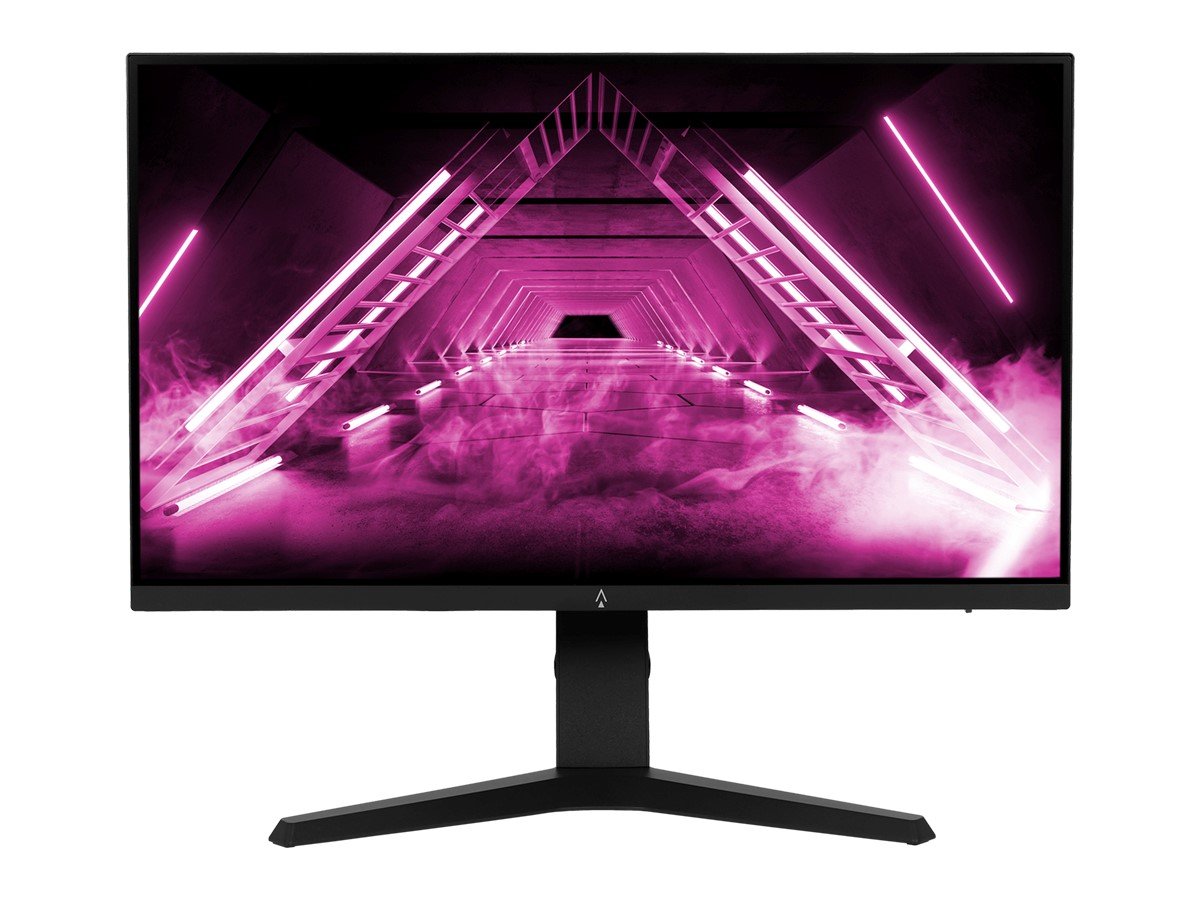Index Surge: Amplifying Your Insights
Stay updated with the latest trends and news across various industries.
Gaming Monitors: Where Size Matters and Resolution Reigns Supreme
Discover why the right size and resolution can transform your gaming experience. Level up your gameplay with the perfect monitor guide!
The Impact of Refresh Rate on Gaming Performance
When it comes to gaming performance, one of the most crucial factors that often goes overlooked is the refresh rate of your monitor. The refresh rate, measured in hertz (Hz), indicates how many times the screen updates per second. A higher refresh rate can lead to smoother gameplay, reducing motion blur and enhancing overall visual clarity. For competitive gamers, a refresh rate of at least 144Hz can provide a significant advantage over those using standard 60Hz displays, as the former can render fast-paced action more fluidly, allowing for quicker reactions and improved accuracy.
Moreover, the impact of refresh rate extends beyond just competitive gaming. For casual gamers, a higher refresh rate can transform the gaming experience, making everything from intricate storytelling to expansive open worlds even more captivating. Your hardware must also complement the monitor's refresh rate; graphics cards should be capable of delivering frame rates that match or exceed the monitor's specifications. Ultimately, understanding and optimizing your system's refresh rate is essential for maximizing your gaming performance and ensuring your gameplay is as immersive as possible.

Understanding Aspect Ratios: Which One is Right for You?
In the world of digital media, aspect ratios play a crucial role in defining how images and videos are displayed. The aspect ratio is the proportional relationship between the width and height of a visual element, expressed as two numbers separated by a colon (e.g., 16:9, 4:3). Understanding the different types of aspect ratios is essential for content creators, as it impacts viewer experience across various platforms. For instance, a 16:9 aspect ratio is optimal for widescreen TVs and YouTube videos, while a 4:3 aspect ratio is better suited for standard television formats and older screens.
Choosing the right aspect ratio depends on your intended use and audience. Here are some common aspect ratios and their typical applications:
- 1:1 - Perfect for social media posts, especially on platforms like Instagram.
- 16:9 - Ideal for video content, including YouTube and television broadcasts.
- 4:3 - Used primarily for photography and standard broadcasting.
- 2.39:1 - Commonly used in cinematic films for a more immersive viewing experience.
By understanding these variations and the contexts in which they excel, you can make informed decisions on which aspect ratio is right for your projects.
4K vs 1440p: Which Resolution is Best for Gaming?
When it comes to gaming, the resolution you choose can significantly impact your overall experience. 4K resolution, boasting a pixel count of 3840 x 2160, offers stunning visual clarity and detail that can bring games to life in ways that lower resolutions cannot. However, the hardware requirements for 4K gaming are substantial; you need a powerful GPU to achieve consistent frame rates without compromising performance. On the other hand, 1440p resolution, or 2560 x 1440, strikes a balance between quality and performance, providing excellent graphics without the demanding requirements of 4K.
Choosing between 4K and 1440p largely depends on personal preference and hardware capabilities. 4K is ideal for gamers who prioritize exceptional detail and have a high-end setup to support it. In contrast, if you play fast-paced games where frame rates are crucial, 1440p can deliver smoother gameplay with better performance on mid-range systems. Ultimately, your decision should factor in your gaming style, the types of games you play, and how much you are willing to invest in your gaming rig.